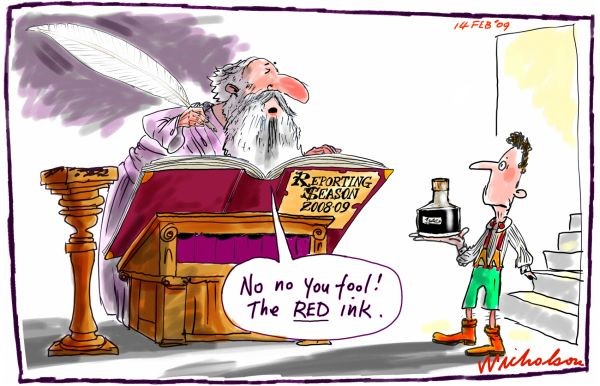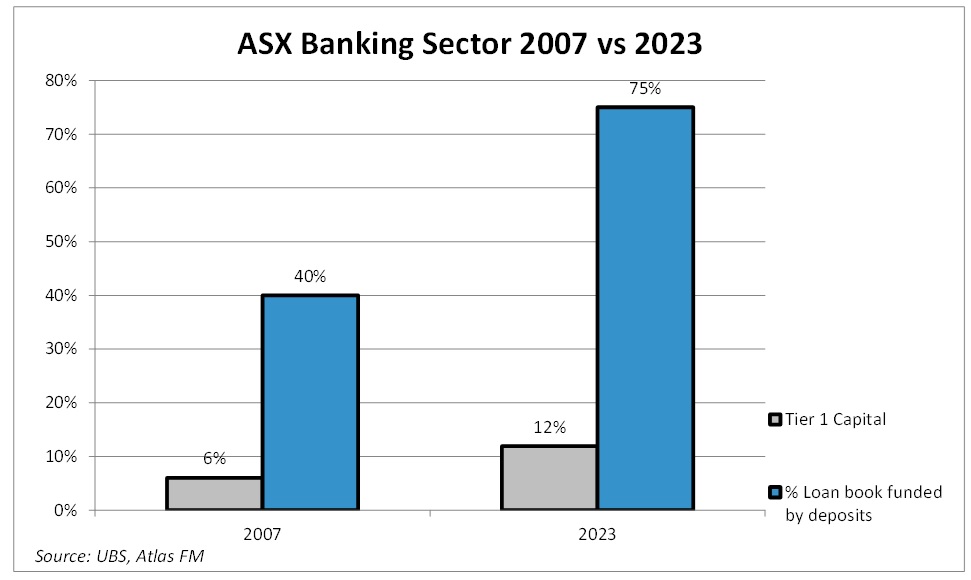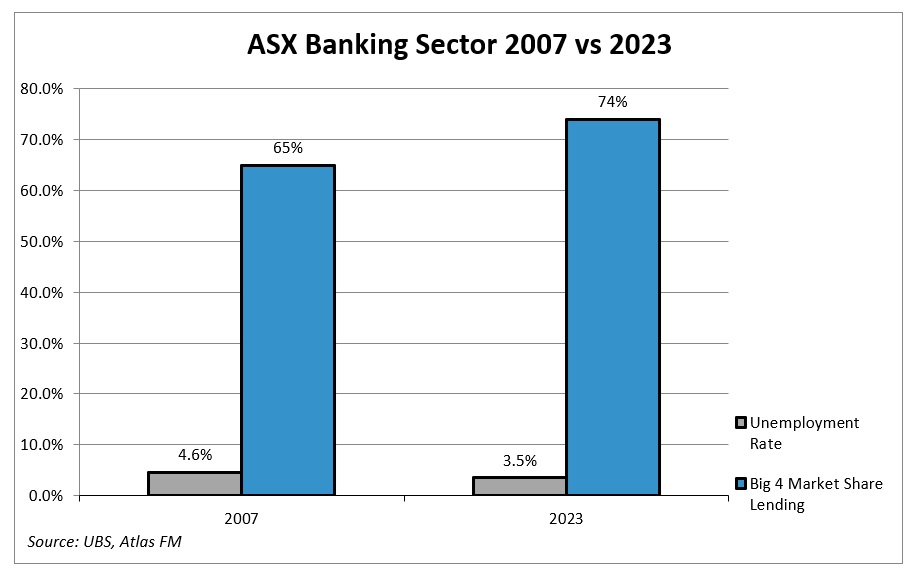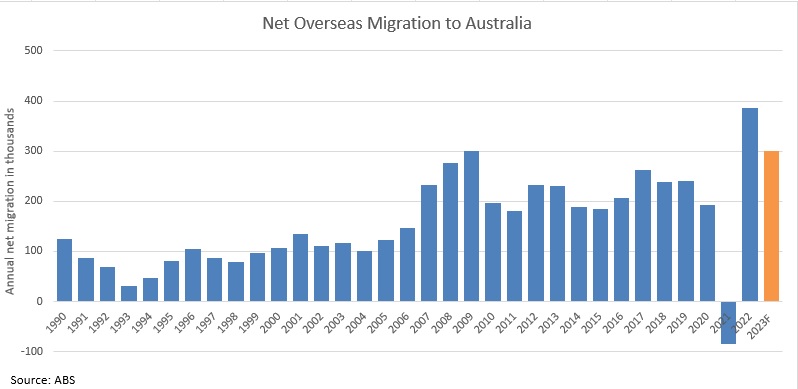Next week on the 1st of August, the month-long reporting season kicks off for Australian listed companies, reporting their financial accounts for the six months ending June 2023. This can be a stressful time for investors. When companies reveal unpleasant surprises, the company’s stock price tends to get sold down hard. Alternatively, it can be enjoyable when the company reports a good result that validates the investment case for initially owning their shares. However, sometimes all is not what it seems in a company’s financial accounts, from Enron and Lehman Brothers in the 2000s to Downer EDI on the ASX over the past year.
In part one of a two-piece series on financial statement trickery, we will look at some measures a company can take to “dress up” their financial results and what Atlas will look for when analysing financial statements in the upcoming reporting season.

Why engage in earnings chicanery?
Company management teams are constantly pressured to deliver results in line with or above market expectations or face adverse share price reactions. By Atlas’ observations, negative reactions to earnings disappointments have only increased in recent years with the increasing influence of short sellers in setting market prices. Their strategy is to sell stock that the manager does not own prior to a catalyst event, such as an earnings result. They anticipate being able to repurchase stock at a lower price if company profits are below market expectations.
This gives management – the chief financial officer as the executive with central involvement in preparing the accounts – strong incentives to present the most positive picture possible of the company’s financial health. This is especially true if management believes the negative factors influencing profits could be temporary and likely to reverse in the next financial period. An example of this could be when the management of a wine company or car manufacturer believes that consumer demand for a company’s product will bounce back. Here sending a few more pallets or cars to the company’s distributors than ordered in the current period will be absorbed by extra demand in the following six months resulting in smoothed revenue over the two accounting periods.
Additionally, most senior management teams have short-term incentives tied to financial metrics such as earnings per share growth, EBITDA growth and share price returns, which can motivate them to present favourable accounts.
The three sisters
When a company releases its financial accounts, these consist of three separate statements. These are designed to provide investors with a picture of the company’s profitability (profit and loss statement), assets and company solvency (balance sheet), and the cash flows in and out of the business (cash flow statement). All three are interconnected and should not be read in isolation, as each statement can explain elements of another. For example, the debt on the balance sheet drives the interest payments on the profit and loss and cash flow statements. Below we take a closer look at each of these statements.
Profit and Loss
Most of the attention in the financial media focuses on the company’s profit and loss statement (P&L). The P&L provides a six-monthly summary of the company’s revenues, expenses, depreciation charges, interest, and taxes. The investment community tends to be most concerned about the net profit figure. Whilst this statement provides the headline result, it is also the easiest to manipulate.
A typical way to do so is when companies recognise sales as revenue before payment is collected from customers. A more extreme version of this is called “channel stuffing.” This is where a company makes a large shipment to a customer at the end of an accounting period (recorded as revenue). However, the customer may end up returning those goods. In 2016, US pharmaceutical company Valent got into hot water after recording revenue as drugs were sent to a distributor before they were sold and reported to investors that the demand for the drugs in question was significantly higher. However, the prescriptions for these drugs declined. Ultimately Valeant was forced to restate their results for 2014 and 2015, and shareholders saw 70% shaved off the company’s share price.
Closer to home, Downer revealed accounting irregularities in December 2022 and February 2023, which saw two 20% falls in the company’s share price. This was related to revenue recognition on a contract that overstated profits by $40 million since 2020. Here the company is alleged to have recorded revenues on the contract before applying the actual costs to complete the service at a later date.
Balance Sheet
The balance sheet provides a snapshot of a company’s assets, liabilities and shareholders’ equity at the end of the period. This offers investors an understanding of how the company is financed (debt or equity) and what it may be worth if it is liquidated at that point in time. Typical ways of manipulating the balance sheet are by adjusting the value of assets and moving debt off the balance sheet. Enron famously used special purpose vehicles to hold debt outside the company’s balance sheet and misrepresent the company’s gearing. In 2001 Enron’s financial accounts reported total debt of US$10.2 billion. However, it was later determined that the real figure was US$22.1 billion.
Similarly, Lehman Brothers used accounting trickery to “window dress” their balance sheet at the end of reporting periods to hide the company’s true level of gearing. Here Lehman’s used a repurchase agreement called ‘Repo 105″, where a bond valued at $105 was “sold” into the repo market for $100 at quarter end and “repurchased” a few days later plus a small amount of interest. The embattled investment bank booked this transaction as revenue and reduced the reported level of debt on its balance sheet. In the second quarter of 2008, Lehman used this technique to reduce reported gearing by US$50 billion.
Closer to home, Harvey Norman‘s actual debt level is frequently questioned due to the company’s practice of moving the assets (stock from Apple, Milele etc.) and debt taken on by franchisees to buy stock off the company’s balance sheet. This is based on the assumption that the HVN does not actually guarantee those debts and that the franchisee is an owner of an asset rather than an employee of the company. However, when franchisees become bankrupt, these loans appear to be forgiven under the term “tactical support”. In the company’s December 2022 accounts, this is recorded as a current receivable from franchisees at $927 million. This results in Harvey Norman having current receivables of $1.1 billion on their balance sheet, which contrasts quite sharply with competitor JB Hi-Fi which had only $174 million in trade receivables, despite having slightly higher sales over the half at $5.2 billion.
It pays investors to question how the assets on the balance sheet are valued and whether they represent close to what the company could sell them for if needed. Quintus planned to dominate the global sandalwood market with plantations in the Kimberly region of Western Australia. However, the company took on a significant amount of debt to expand rapidly and pay celebrity brand ambassadors. To counter this ballooning debt and dress up the balance sheet, it appears the company inflated the group’s biological assets using a heartwood yield per tree input higher than the actual results. Additionally, Quintis did not include liabilities on the balance sheet, such as the necessary forestry work over the life of a project. Facing an attack from short sellers and assets that could not be sold at close to current values, the company slid into administration in 2019.
Cash flow statement
The cash flow statement shows a picture of the actual cash flowing in and out of the company over the past six months and is generally harder to manipulate than the profit and loss statement. Conceptually, it is akin to blood pumping through the veins of the corporate entity, with the balance sheet comparable to the skeleton. The lesson of the importance of the cash flow statement was brutally illustrated to me in the final few years of forestry company Gunns, which went from the biggest exporter of woodchips in the Southern Hemisphere, owning 200,000 hectares of forest plantations to a company in administration, as cashflows to service the company’s debts dried up.
When looking at company results, Atlas first looks at the cash flow statement and compares the net cash flows from operating activities to the net profit. If there is a significant discrepancy between the two, this often indicates that the company may be using aggressive accounting techniques to inflate reported profits that are not backed up by actual cash flows. Indeed in some cases, such as in the aged care sector, we have seen companies report robust profit growth on the profit and loss statement, but the cash flow statement revealed that the company’s growth was haemorrhaging cash and borrowing to pay the dividend!
The P&L is more often associated with deception as a company may record sales as revenue on the P&L and hence profit before that cash is collected from their customers. However, company cash flow statements are also open to manipulation. One practice that I have seen over the years has been capitalising operating expenses as an asset. This converts a cost or outflow of cash on the cash flow statement into an asset on the balance sheet: accounting magic! Whilst this is legal under the accounting rules, investors should be uncomfortable with this conversion, for example, Santos capitalising on the interest costs for the construction of the Gladstone LNG export terminal. The company’s cash flow statement showed a healthier picture through the construction process than what was actually the case. Ultimately, Santos wrote down the value of this asset by A$2.9 billion and was forced to raise $2.5 billion in 2015 and $1 billion in 2016 to pay down debt.
Aside from converting expenses into assets, a company can boost their cash flow statement by selling accounts receivables (at a discount to face value) or delaying payment of accounts payables. These two actions can temporarily improve the cash flow statement, though they can be detected by abnormal changes to working capital on the balance sheet. The now-defunct Greensill Capital built a global business around supply chain finance and, in some cases, lending companies money against future expected cash flows that were recorded as current revenue.
One of the tactics that owners can use prior to floating a company is to boost cash flow by economising on capital expenditure, especially the capital expenditure required to maintain a company’s assets. The rationale behind this is to present the healthiest set of accounts possible before the initial public offering (IPO), aiming to generate a high sale price. However, in the year or so after the company is floated on the share market, the new investors end up with cash flows lower than they expected due to higher maintenance capital expenditure. This was the case in the IPO of laundry and services Spotless Group in 2014. The company’s cash flow statement looked strong before listing, as the owners were parsimonious with maintenance capex. After listing, the company had a number of downgrades related to higher capex and never made the earnings targets stated in the IPO document.
In the short term, companies can economise by delaying capital expenditure, but in the medium term, assets have to be maintained; otherwise, they deteriorate. Consequently, on results day, we look at whether the capex on the cash flow statement is similar to the depreciation charge on the profit and loss statement. A large mismatch often warrants close investigation.
Our Take
Earnings misrepresentation is difficult for investors to detect from the publicly available accounts, but when revealed can have fairly extreme results for a company’s share prices. Printing these three statements and reading them side by side can often reveal signs of problems that a company could have or could be minimised or ignored when management presents their results to the market. As a result of bitter experience, I look at the cash flow statement first, as profits can be manipulated, and companies with great – albeit illiquid – assets can still become insolvent without the cash flow to service debt.






